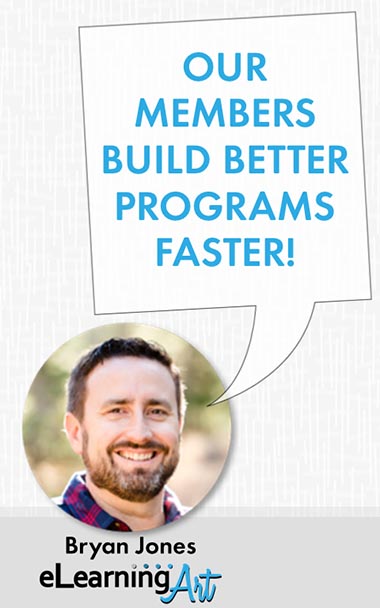Storyline is a great tool for building eLearning scenarios. In this post, I’m going to show you how.
Download the free template
Why scenarios?
Scenarios are one of the best eLearning approaches because you’re adding interaction (choices and feedback) instead of just pushing information in a “click-click-click” course.
When you build training, what you’re really trying to do is improve performance in the real world. And that’s what scenarios are all about: shift from learners “knowing” information to “doing” something better.
Pick a scenario model
Scenario building doesn’t have to be complicated. Two of the eLearning gurus I respect the most use simple (and similar) models. Tom Kuhlmann calls his the “3-C model” of Challenge, Choice and Consequence, while Michael Allen splits up the acronym into his 4-element “CCAF model” of Context, Challenge, Activity, and Feedback.
See some examples of the model in action
Here is a video where I show a few examples of the scenario model in action.
Understand how the file is set up and make changes
The key to adding interactivity to Storyline is setting up the file properly. I’ll walk you through it in the video below.
How to string multiple scenarios together into a course
With the file set up properly, and your first scenario created, it’s time to duplicate the scenario.
One of the best things about scenarios in Storyline (over something like PowerPoint), is that the links don’t break when you duplicate the scenario. Watch how quickly you can duplicate a scenario in the video below.
Wrapping it up
I hope you found that lesson useful, and enjoyed the free download.
Let me know if you like this approach in the comments below!


